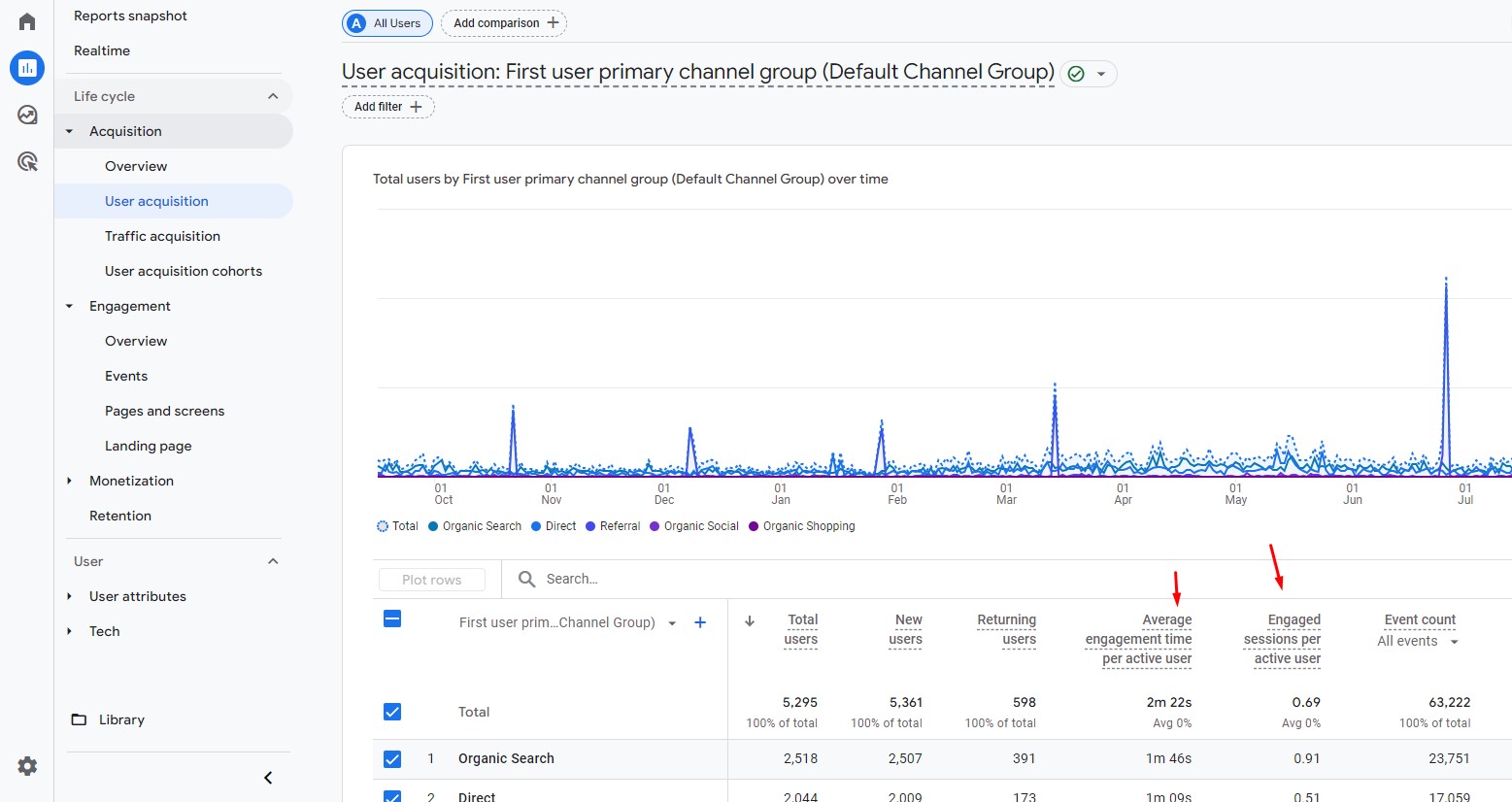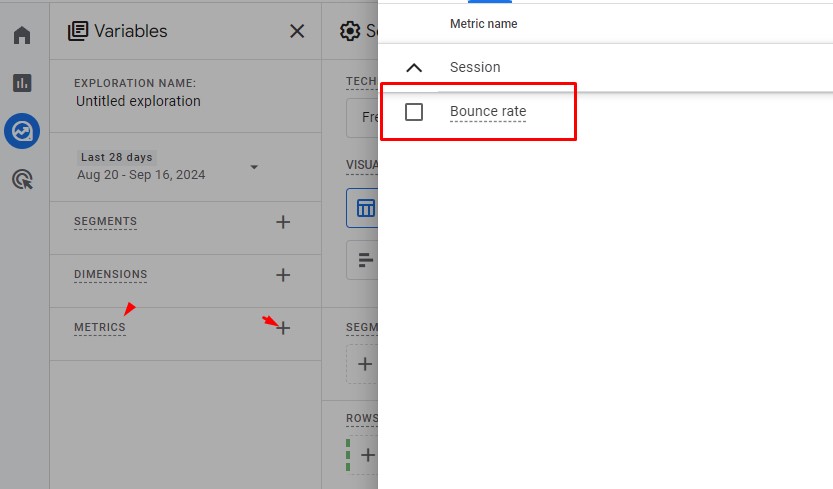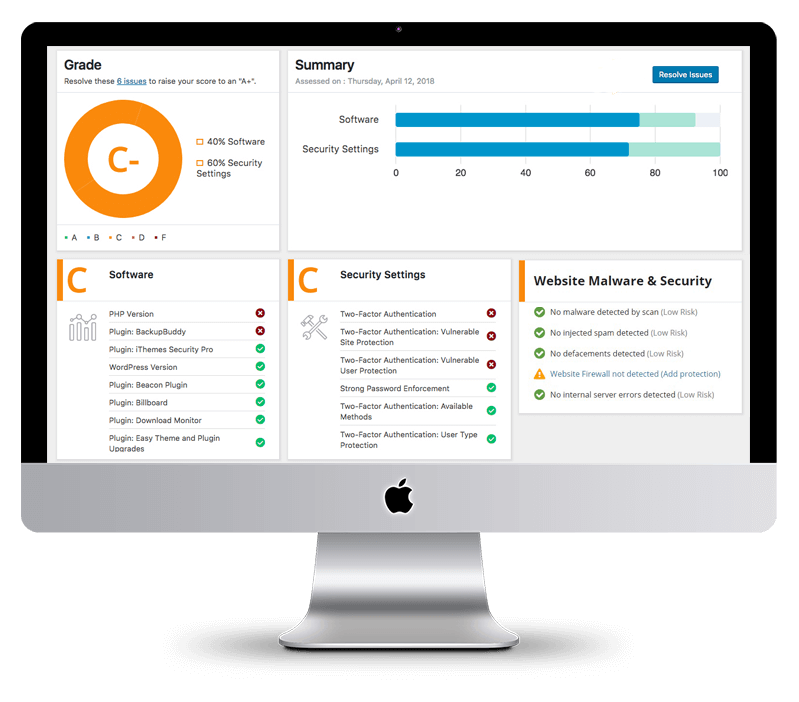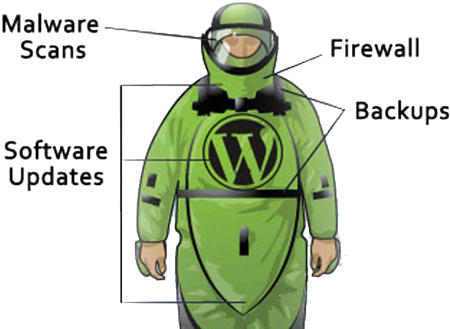Let’s talk about common signs to check for malicious code on your website because, let’s face it, keeping your website safe these days is a challenge! With new AI tools at the disposal of bad actors, website security has become even more essential—not just for your data but also for every visitor trusting your site.
Malicious code can creep in through outdated plugins, themes you haven’t touched in years (I see you, old WordPress site), or even through vulnerabilities in the WordPress core software. I will walk you through some common signs of malicious code on your website to watch out for.
Top 3 Signs to Check for Malicious Code on Your Website
1. Unexpected Redirects – Is your website redirecting users to strange URLs?
2. Unusual Traffic Spikes – Are you seeing strange traffic patterns in your analytics?
3. Unauthorized Changes – Are you noticing strange changes to your website content?
Unexpected Redirects? That’s a Red Flag!
First, let’s discuss odd behavior or random redirects. Imagine your once lightning-fast site acting like it’s stuck on a never-ending loading screen. Pages take forever to load, and there is an occasional unexplained crash.
You might think, “Eh, just a little tech hiccup.” But it could be more than just a bad internet connection. Not every slow load means your site’s been overtaken by malicious code, but it’s an excellent time to investigate, just in case.
Now picture this: you’re sipping your coffee and having a productive day when, BAM, you get an email from a user saying they clicked on something and are sent off to some random website about alpaca grooming.
It would be best to look into the issue because that’s a pretty serious sign that something’s gone wrong. And let’s be honest: if people keep getting hijacked to weird sites, their trust in your business will tank faster than you can say, “Oops!”
Unusual Traffic Spikes: What They Could Mean
Here’s a fun one—Google Analytics has gone wild. You’re checking your statistics, and then suddenly, there is a massive spike in traffic. Did you accidentally go viral? But you didn’t post anything new, and there were no social media follows; it was just a weird jump out of nowhere. Suspicious, right?
Plus, if the traffic sources are from places that don’t make sense—like remote corners of the world where your site has zero relevance—it could be a sign someone’s tampered with your site. Malicious code loves to make things look… off.
Here’s a tip: check your bounce rates and session durations in Google Analytics. I know it sounds like geek-speak, but this is a good idea.
Step 1: Log into Google Analytics
Then go to Reports, click on Acquisition> User Acquisition.
Step 2: View the “engagement rate” metric.
This will show if people bounce off your pages like they’re on a trampoline. If they do, it could mean something is up.
You can also add the bounce rate to reports to monitor this data without looking it up every time.
Step 1: Navigate to Explore, then create a new exploration report.
Step 2: Click the plus sign next to “Metrics”
Then, type “bounce rate” into the search bar in the window that appears. You can then check this selection to add the bounce rate to your report.
Unauthorized Changes can be Alarming
Speaking of protecting your website, how about those unauthorized changes? If you find random edits to your website or files, and you know it wasn’t you or anyone on your team, that’s a clue that something shady is happening.
Malicious code loves sneaking in new, hidden files like it’s playing a bad game of hide-and-seek. My advice? Regularly check your files. Better yet, set up alerts to get a virtual tap on the shoulder if anyone tries to mess with your site.
Now, take action if you see anything suspicious—strange behavior, random file changes, or mysterious analytics. You want to catch any malicious code before it becomes a disaster.
Stay One Step Ahead & Keep Your Site Secure
In the end, website security is like brushing your teeth—it’s not just a good idea; it’s non-negotiable. (Also, it prevents a lot of pain down the road!)
So, if your site’s acting funny, or you’ve just got that “something’s not right” feeling, check out our free website security scan tool. It’s like the sidekick you never knew you needed—helping you detect any malicious code trying to wreck your day.

Levi is the Founder & CEO of Hog The Web, a web design and WordPress services company delivering high-performance websites since 2015. With over a decade of hands-on experience in building, maintaining, and securing websites, Levi leads his team with a focus on craftsmanship, reliability, and long-term client partnerships. Outside the web world, he’s passionate about nature, sustainable living, and giving back through local non-profits and youth education.








